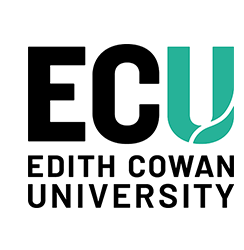Author Identifier (ORCID)
Denise Jackson: https://orcid.org/0000-0002-7821-3394
Sonja Coetzee: https://orcid.org/0009-0008-5852-089X
Abstract
This scoping review explores the perceived value of transdisciplinary work-integrated learning (TWIL) for contributing to social change and the enablers of impactful TWIL offerings. TWIL is a pedagogy-based approach which connects students from diverse disciplines with external partners to engage in authentic, work-focused activities as a formal component of academic study. This review focuses on TWIL where students collaboratively explore and problem-solve on known local community and wider societal issues, such as climate, health, food, and water, to foster transformative practice. Thematic analysis of 31 academic sources highlighted the recognised worth of TWIL for fostering student skills for transformation, developing them as global citizens, building collaborative partnerships for disruption, and developing educators and partners for future change. The analysis also revealed seven key enablers for impactful TWIL, including co-creation, curriculum and regulatory reform, liminality and third space, and student agency. The review illuminates TWIL’s potential for developing students’ and partners’ awareness, capabilities, and mindset to make a difference in critical social issues, alongside potentially supporting calls to upscale WIL and improve access for all students in Australian higher education.
Document Type
Journal Article
Date of Publication
1-1-2025
Volume
44
Issue
6
Publication Title
Higher Education Research and Development
Publisher
Taylor & Francis
School
School of Business and Law
Creative Commons License

This work is licensed under a Creative Commons Attribution-Noncommercial-No Derivative Works 4.0 License.
First Page
1480
Last Page
1496


Comments
Jackson, D., Lambert, C., & Coetzee, S. (2025). Transdisciplinary work-integrated learning’s contribution to societal transition: A scoping review. Higher Education Research & Development, 44(6), 1480–1496. https://doi.org/10.1080/07294360.2025.2514509